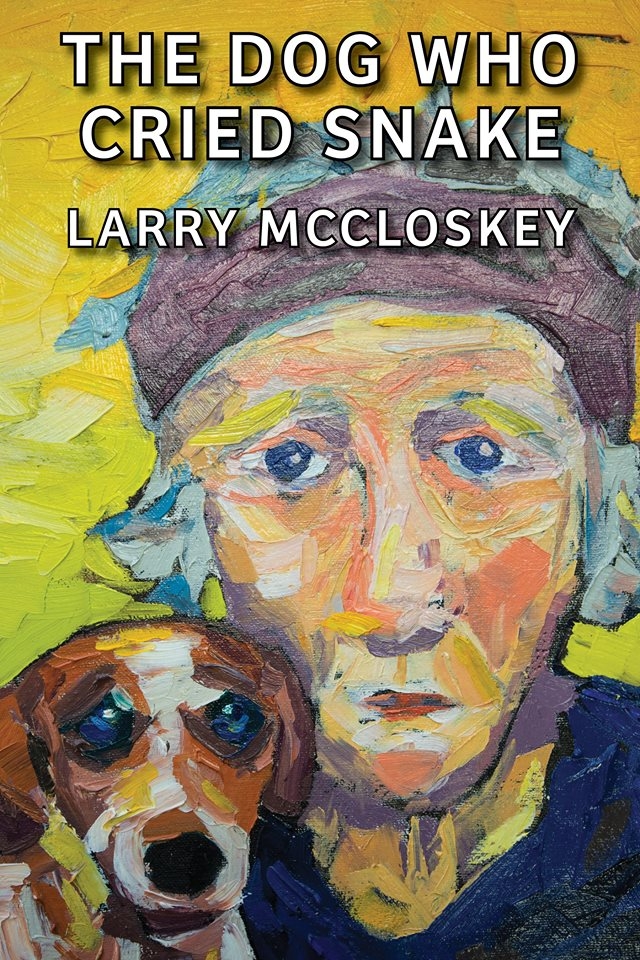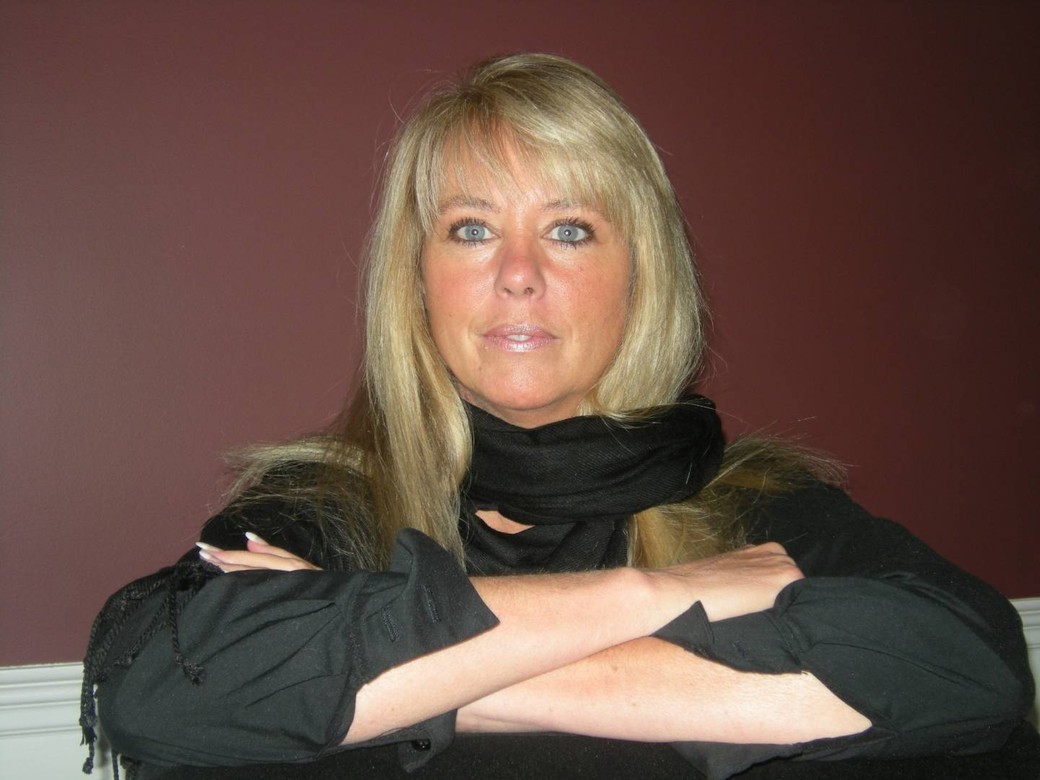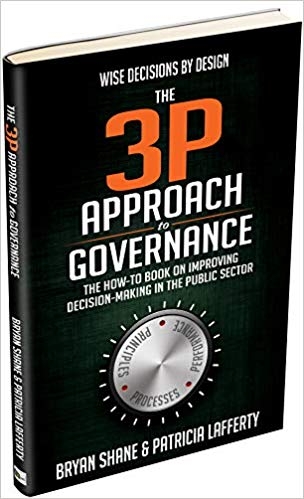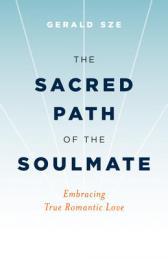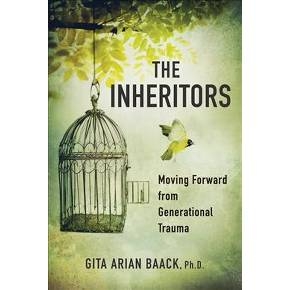
Let’s talk about our inherited trauma with Dr. Gita
The Inheritors • Moving forward from Generational Trauma
By Gita Arian Baack. Ph.D.
223 Pages • ISBN 978-1-63152-222-2
“Until a person has the opportunity to tell his or her story, one can never be completely whole. This book guides inheritors through a journey of self-discovery by way of stories, questions, and insights to help them lighten the burdens of their inherited past and claim a whole and joyful life.”
– Dr. Gita Arian Baack
For over thirty years, Dr. Gita Arian Baack has been consulting and coaching individuals and organizations. Her interventions consistently result in positive change and individual empowerment. Dr. Baack holds a PhD from Tilburg University, The Netherlands, in association with Tao Institute, and an MA in Human Systems Intervention from Concordia University, Montreal, Canada. She is the author of Poems of Angst and Awe, a practitioner of Social Construction and Appreciative Inquiry, and a social activist, living and working in Ottawa and abroad.
Her most recent work The Inheritors – Moving forward from Generational Trauma has been research on the effects of trauma inherited through generations.
It seems important to know what inherited trauma means.
“Inherited trauma refers to a trauma that affects generations of people who, consciously or unconsciously, have thoughts and feelings about devastating events that happened when they were very young or before they were born, or that may even go back to earlier generations, as if they were there. The impacts on individuals cover all aspects of body, mind, spirit and emotions. It is also collective in that it affects all levels of society: individual, community, national and global,” said Dr. Gita.
This work has put her on a path to help Inheritors, as she calls the descendants of trauma, to reclaim their lives and build on their resilience.
She recently founded the Centre for Transformational Dialogue to help individuals and communities that have inherited devastating legacies. When I asked her about who make up Inheritors of Trauma? Her answer was:
"The list is long, especially in our times. I could say, families who lived through war, slavery, displacement, residential schools; descendants of the Holocaust targeting Jews, Roma, disabled persons, Roma, Homosexuals, Communists and political opponents and intellectuals; as well as descendants of other genocides: Armenia, Rwanda and Burundi, Cambodia, Nanking, Croatia, Africa, India, Pakistan, Vietnam, Korea, South Sudan and Syria”.
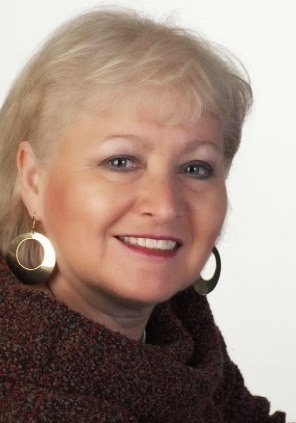 At the same time, she adds: “African Americans who have inherited a legacy of displacement, slavery, subjugation, and ongoing individual and systemic racism; the loved ones of returning soldiers damaged and suffering from PTSD; and inheritors whose parents were perpetrators, collaborators or bystanders (the neighbors who saw what was happening but either didn’t want to help or felt powerless to help).”
At the same time, she adds: “African Americans who have inherited a legacy of displacement, slavery, subjugation, and ongoing individual and systemic racism; the loved ones of returning soldiers damaged and suffering from PTSD; and inheritors whose parents were perpetrators, collaborators or bystanders (the neighbors who saw what was happening but either didn’t want to help or felt powerless to help).”
“Today’s over 30 million children of more than 63 million fleeing refugees. Various forms of trauma and devastating events that occur in the life of a family: economic or environmental hardships, injustice, family illness, infidelities, mental illness, estrangements, alcohol and drug addiction, ideological abuse (authoritarian or religious), secrets that come to light, mental, physical and sexual abuse, and so on.”
The author models the different ways to process such traumas by processing her own inherited trauma using a generative form of writing style and research methodology. The reader accompanies her as she pieces the puzzle of her felt memory and history, as she cries, laughs and has breakthroughs in reflective understanding.
For example, she was unable to obtain any information on the births or deaths of her half siblings who at age 5 and 4 were murdered by the Nazi régime and records were not kept for children five and under. She had a lifelong feeling that they were shot. Her historical research affirmed that the children were likely shot as gas chambers had yet to be built when they entered the Krakow ghetto and children under five were shot immediately.
Dr. Gita believes the creative arts can help access hidden memories, knowledge and feelings, and includes her poetry as well as imagery from art and film. Most importantly Baack believes in the power of group dialogues. She provides us with a glimpse into some of the dialogues that she held and how the group served to not only provide support, but in some cases to facilitate breakthrough transformations. Through questions at the end of each chapter, she offers the reader a means to ultimately process and tell their own story.
She recommend beginning a process of reconciliation with our own inherited traumas saying “if you have always had a sense that there is something you don’t know but you feel a kind of sense of absence that just won’t go away, it must begin by trusting yourself and your inner way of knowing. Use whatever you find helps access to that knowledge: journaling, writing, creative arts, speaking to family members and other people, reading books on the subject and bringing together people in your community for dialogues.”
Through her book, Dr. Gita shares personal stories. She shows her story and other useful stories which encourage her readers to reflect on questions that are posed at the end of each chapter, and begin to write their own story. In other words, readers will learn not only new ways to explore the unknowns in their legacies but also the power of resilience.
Resilience is also a huge word, and very important in this book. “I would define resilience as part of our collective humanity, it is the affirmation of life and of our own power to choose what we strive for. We have acquired positive traits from our parents, not just negative traits,” she said.
“My father, for example, had traits of resilience such self-sacrifice, leadership, courage, and an ability to ‘combineer’—that is, to be versatile and resourceful as new circumstances arose. All of the dialogue participants describe themselves as ‘lucky’, certainly it took luck for their parents to survive impossible circumstances. I am convinced that along with all of the other factors that contribute to resilience, humor, which has been said derives from tragedy and humanity, plays an important role.” says Dr. Gita.
She explains that “to achieve resilience I would suggest that we need to help mothers and fathers care for their children from infancy onwards, so that children are able to find healthy self-soothing practices as they grow up. We need to help parents understand that their own needs are not the responsibility of their children; and what we all know, but don’t always practice, is that the love and the protection of our children are the most important of all”.
“I strongly encourage inheritors to not think of themselves as broken and requiring therapy and healing but that they inherited a terrible legacy that doesn’t belong to them. Thinking in positive terms and creating meaning with and through other people holds the key to resilience.”
According to Dr. Gita, our own family legacies are passed down from one generation to the next in different ways which, in most cases, are not fully understood. Such a secondary form of trauma has not received adequate attention and perpetuates cycles of pain, hatred, and violence.
In this sense, the appropriate treatment for these inherited traumas should be different.
“It has been found that psychiatric methods of treatment do not work for trauma or inherited trauma. Some people have found that EMDR provides some relief, as meditation. (EMDR, which stands for Eye Movement Desensitization and Reprocessing. The American Psychiatric Association and the Department of Defence have approved EMDR. It is a form of bilateral stimulation in the mid-brain, where trauma is lodged, to enable a physical shift of the distress from the mid-brain.) Cognitive behavior therapy works in families where abuse has taken place but the author does not feel it works for inherited trauma.”
Dr. Baack has a number of alternatives.
“The first thing that needs to happen for the individual and for the community is validation by others who serve as compassionate witnesses to their painful stories. The validation can come in various forms e.g. Recognition of a genocide, public hearings and reports such as the Truth and Reconciliation Report, events like Eichmann’s trial which showed the world, a world that had remained rather silent after the Holocaust, the horrors of the genocide making the survivors legitimate.”
She also includes “memorializing events through ceremonies, memorials, and museums goes a long way to serve the need for witnessing and honouring the victims and heroes. Germany has done a lot in this regard helping assuage the guilt and shame and acknowledging the suffering of the Jews. Their laws maintain vigilance against resurgence of racism. The other treatments as discussed above are around group, community, and individual process work.”
Finally, Dr. Baack told that she feels calmer having done this research. Now, she can help other people and honor her half-siblings. “I am proud of myself for facing the difficult journey, doing the work and taking the chance on writing this rather unique book. People of different backgrounds, even those who aren’t directly affected by inherited trauma are finding it useful. I feel calmer because I found my voice. What I find particularly exciting is that people have started to ask to be part of a dialogue, even great grand-children and they will have an opportunity to find their voice.”
“What I am most proud of is that I have found a way to memorialize and honour my half siblings to whom this book is dedicated and whose names I can’t speak with choking with tears. Of course I am resilient, I have a precious legacy to carry. Thank you Henush and Helena.”

